The House
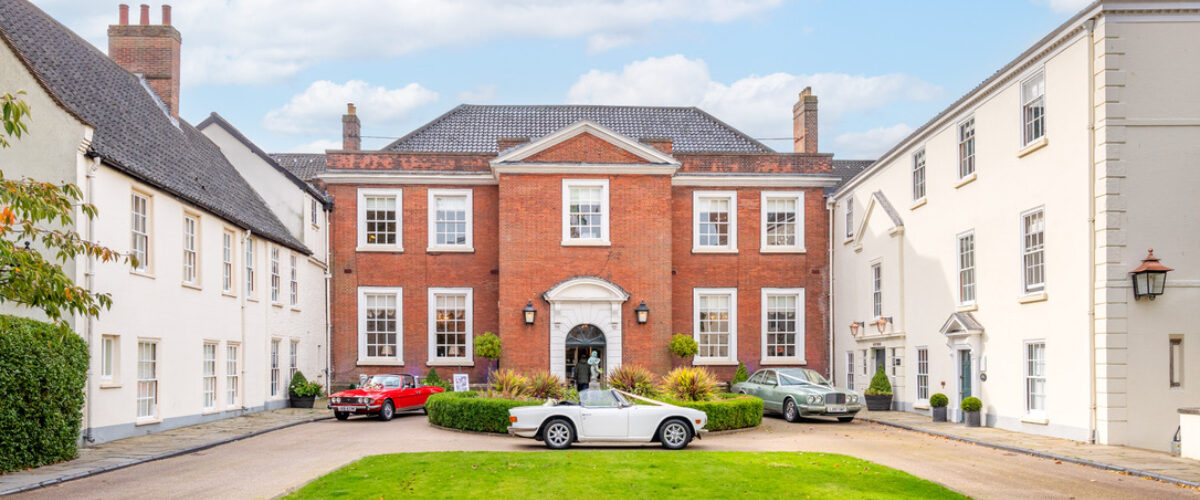




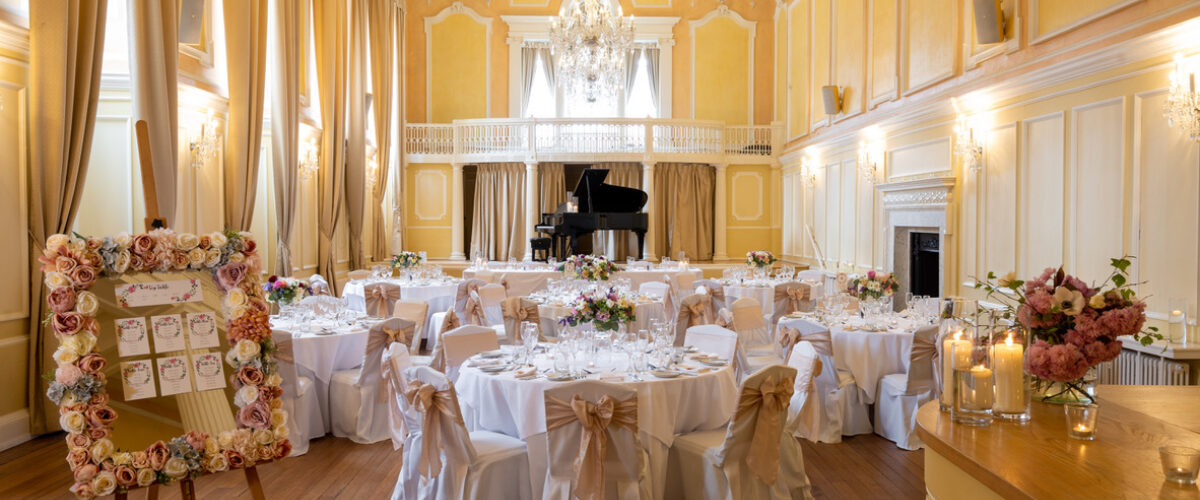



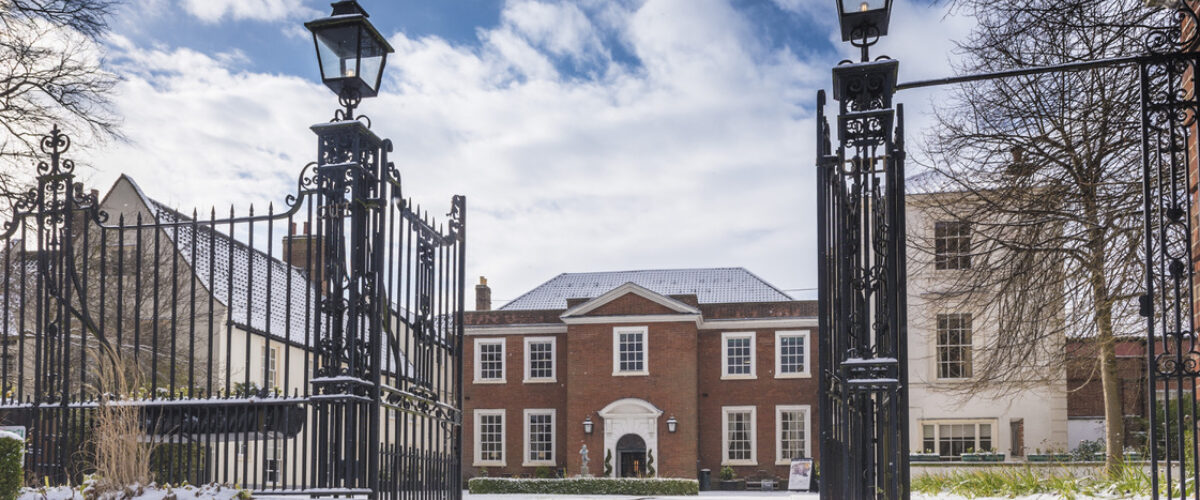


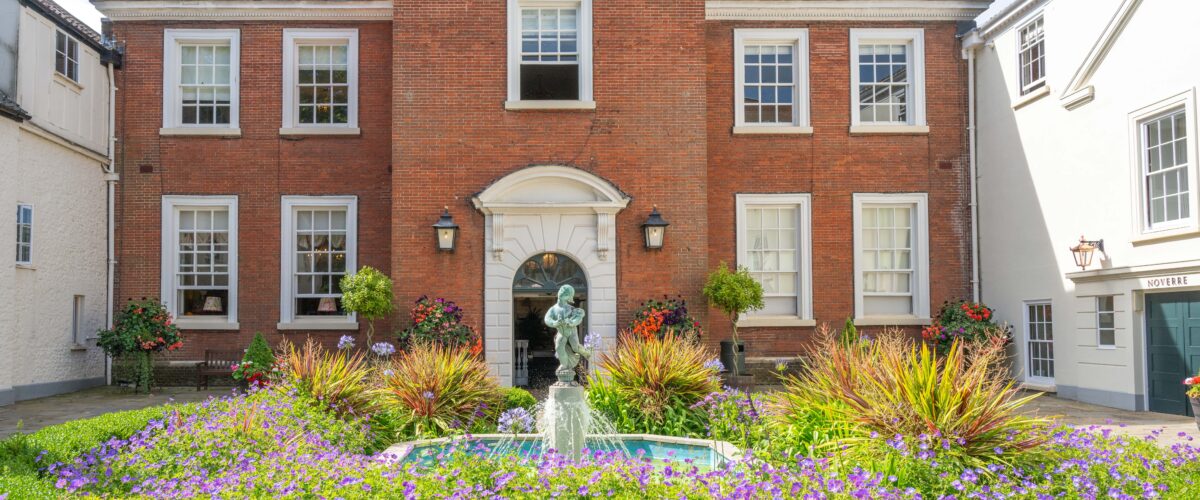




A stone's throw from the ancient market place, next to the
glass curve of the most popular public library in Britain and down a
sweeping driveway, stands The Assembly House.
Designed by architect Thomas Ivory in 1754 on the site of a medieval chapel, no expense was spared in the construction of the House, which historians view as one of the most important buildings in Norwich.
The Assembly House stands on land that was once crofts and fields on the outskirts of the Norman settlement in Norwich’s French quarter.
In 1248, John Le Brun founded the Hospital of the Blessed Virgin Mary here, a key civic space where assemblies were held. After the Dissolution in 1544, King Henry VIII granted the site to its last dean, Miles Spencer, who made part of it his private home. Fragments of this medieval past remain—bricked-up Tudor windows, hidden foundations, and remnants of medieval walls.
In 1573, the estate was purchased by Thomas Cornwallis, an MP involved in suppressing Kett’s Rebellion. He transformed it into Chapel of the Field House, adding a grand hall, gallery, kitchen, stable, and formal gardens. The property passed through notable owners, including Sir Henry Hobart, who expanded the estate to include what is now Chapelfield Gardens.
By the 18th century, the site had fallen into disuse until, in 1753, Norwich aldermen secured a 500-year lease to create a fashionable venue for assemblies, cards, and balls. Under architect Sir Thomas Ivory, The Assembly House opened in 1755 and became a hub for entertainment, hosting celebrations for Nelson’s Trafalgar victory, Queen Charlotte’s birthday, and Madame Tussaud’s waxwork exhibitions.
In the 20th century, it housed Norwich High School for Girls before being saved from demolition in 1935. During WWII, it became the Eastern Command Camouflage Office, narrowly escaping the Baedeker Raids.
A devastating fire in 1995 led to a restoration funded by the National Lottery, and in 2009, Richard Hughes and Iain Wilson took over the business arm of the House, adding luxury bedrooms and creating a vibrant multi-use venue. Today, The Assembly House remains a vibrant centre for arts, hospitality, and celebration in Norwich.
For more information about the history and heritage of The Assembly House, pick up a free booklet at the House or click here to download a PDF version of A History: The Assembly House Norwich.
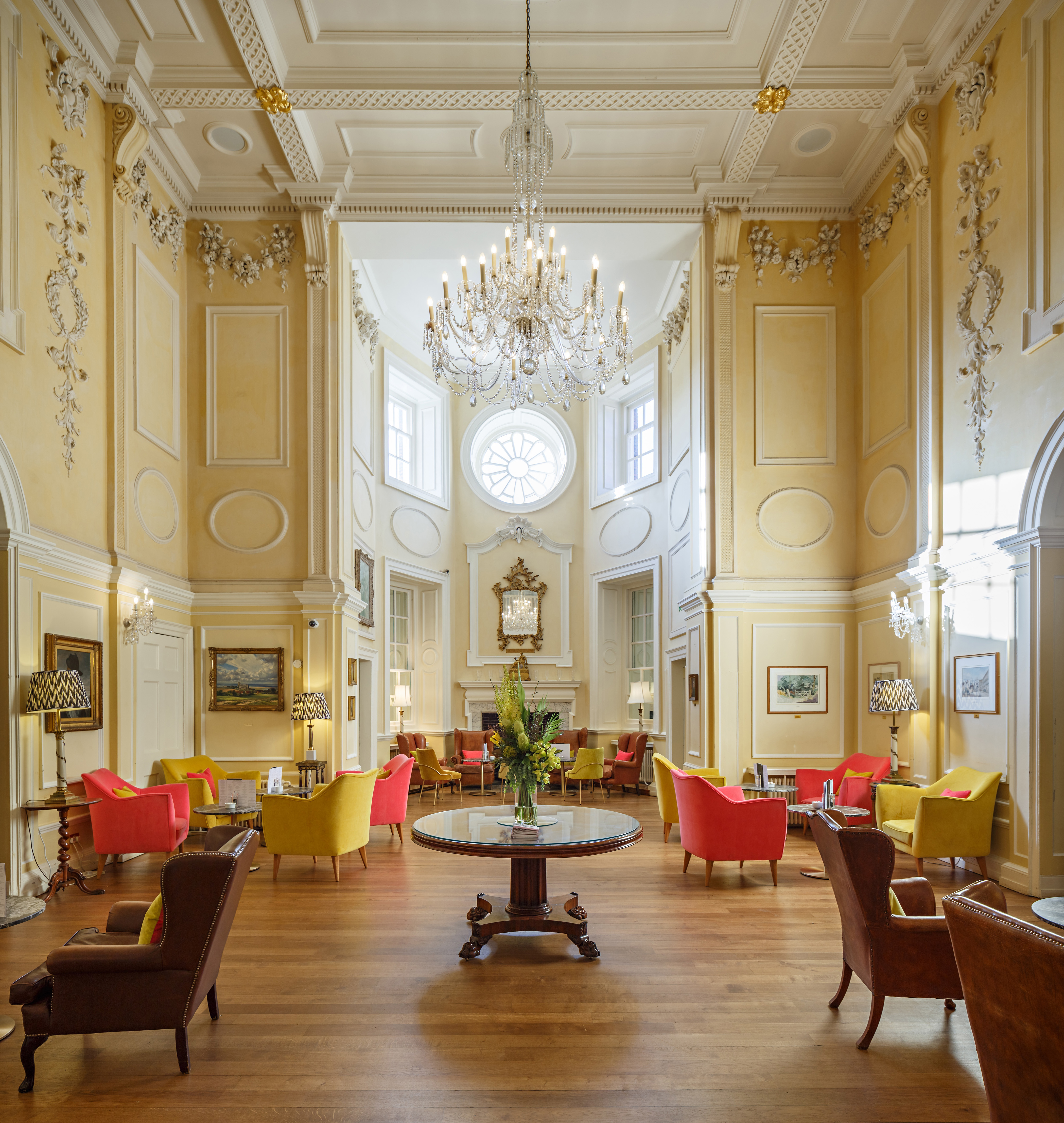
THE GRAND HALL
The Assembly House has always been the place to be in Norwich since the 19th century when it was the favoured watering hole of the local gentry who would come to drink and dance beneath its magnificent crystal chandelier.
In 1805, a Grand Ball was held to celebrate Nelson's glorious victory at the Cape of Trafalgar and the hall has welcomed countless dignitaries over the centuries. The impressive Georgian features still remain and today the hall is the perfect place to meet for drinks and in winter, when a welcoming fire is lit in the grate, is a wonderful place to recharge after Christmas shopping.
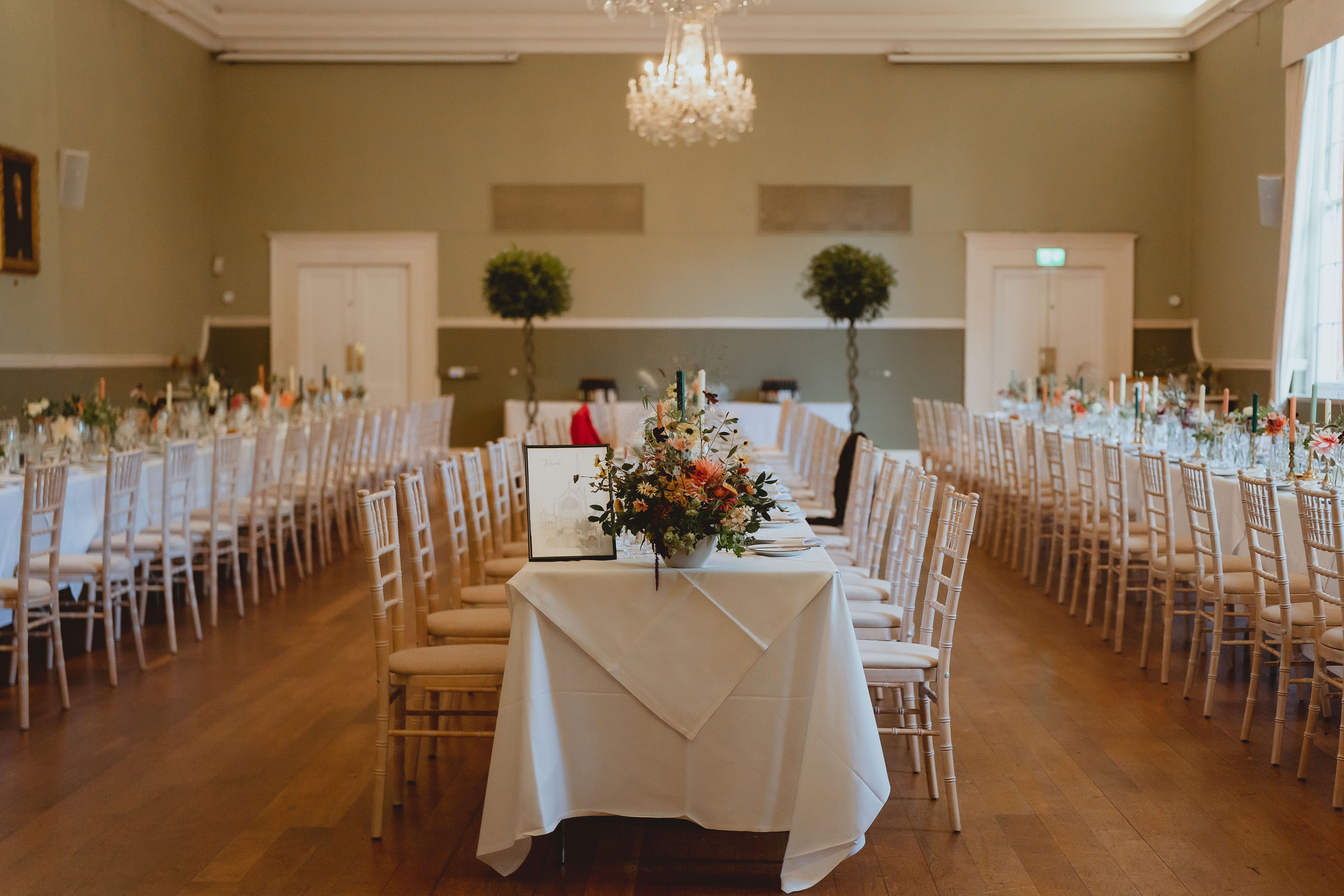
THE NOVERRE BALLROOM
This beautiful ballroom makes a stunning backdrop for larger occasions thanks to its high ceilings, crystal chandeliers and polished wooden floor. This impressive space is decorated with paintings of the Noverre family, from whom the room takes its name, and is where the people of Norwich first learned classical dance.
One of the largest function rooms in the city, today The Noverre Ballroom is used for dinner dances, balls, weddings and parties in addition to product launches, meetings, conferences and live performances.
It benefits from its own entrance, staging and a licensed bar and also has a pretty, enclosed garden which can be reached through French doors and offers the perfect place for al fresco drinks.
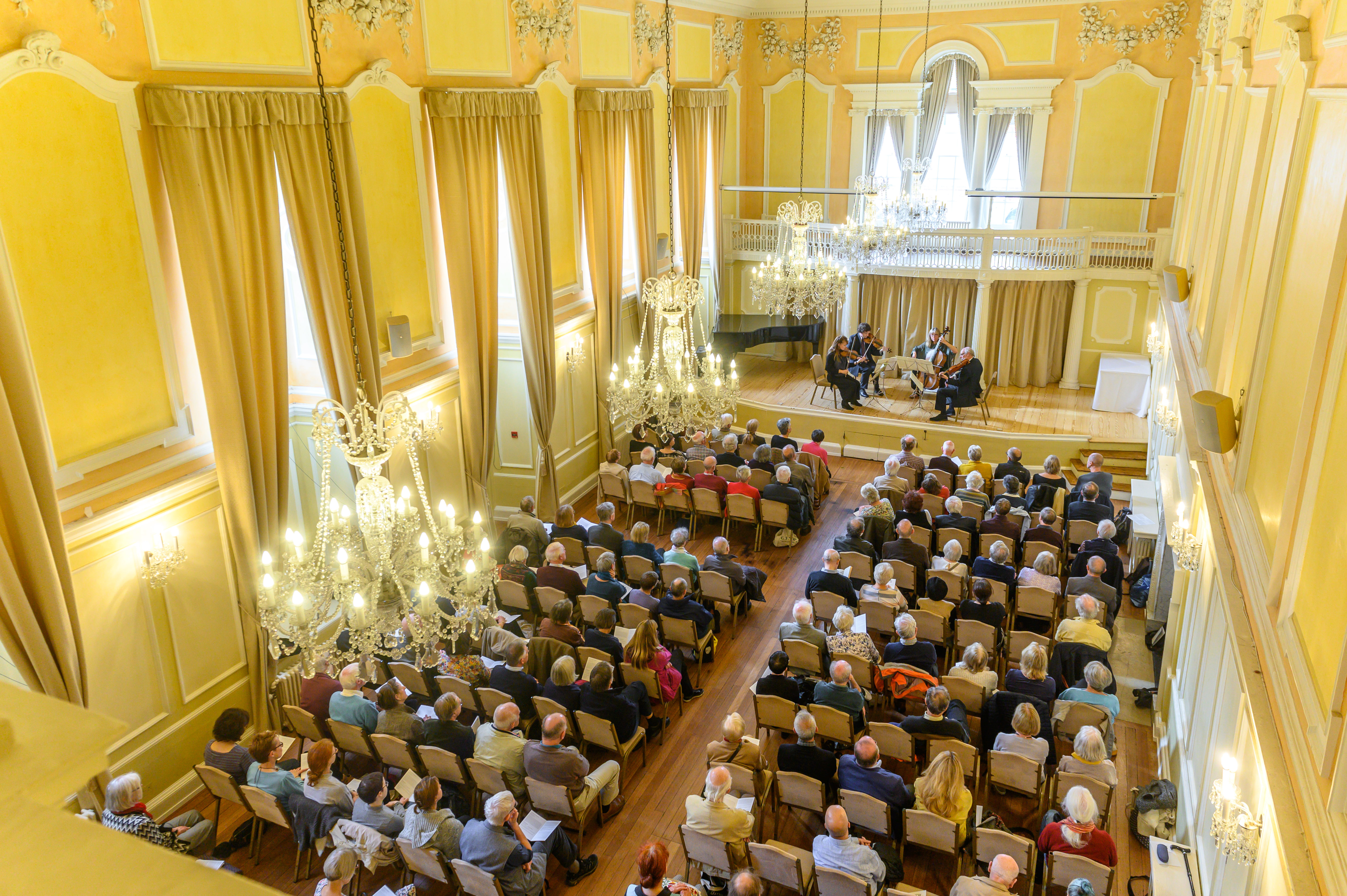
THE MUSIC ROOM
With its stunning chandeliers, minstrels' gallery and resident Steinway grand piano, The Music Room is the most regal room in the House. Benefitting from an abundance of natural light, this majestic suite provides a wonderful space for all sorts of events ranging from weddings to conferences, thanks to its licensed bar, balconies, stage and dance floor.
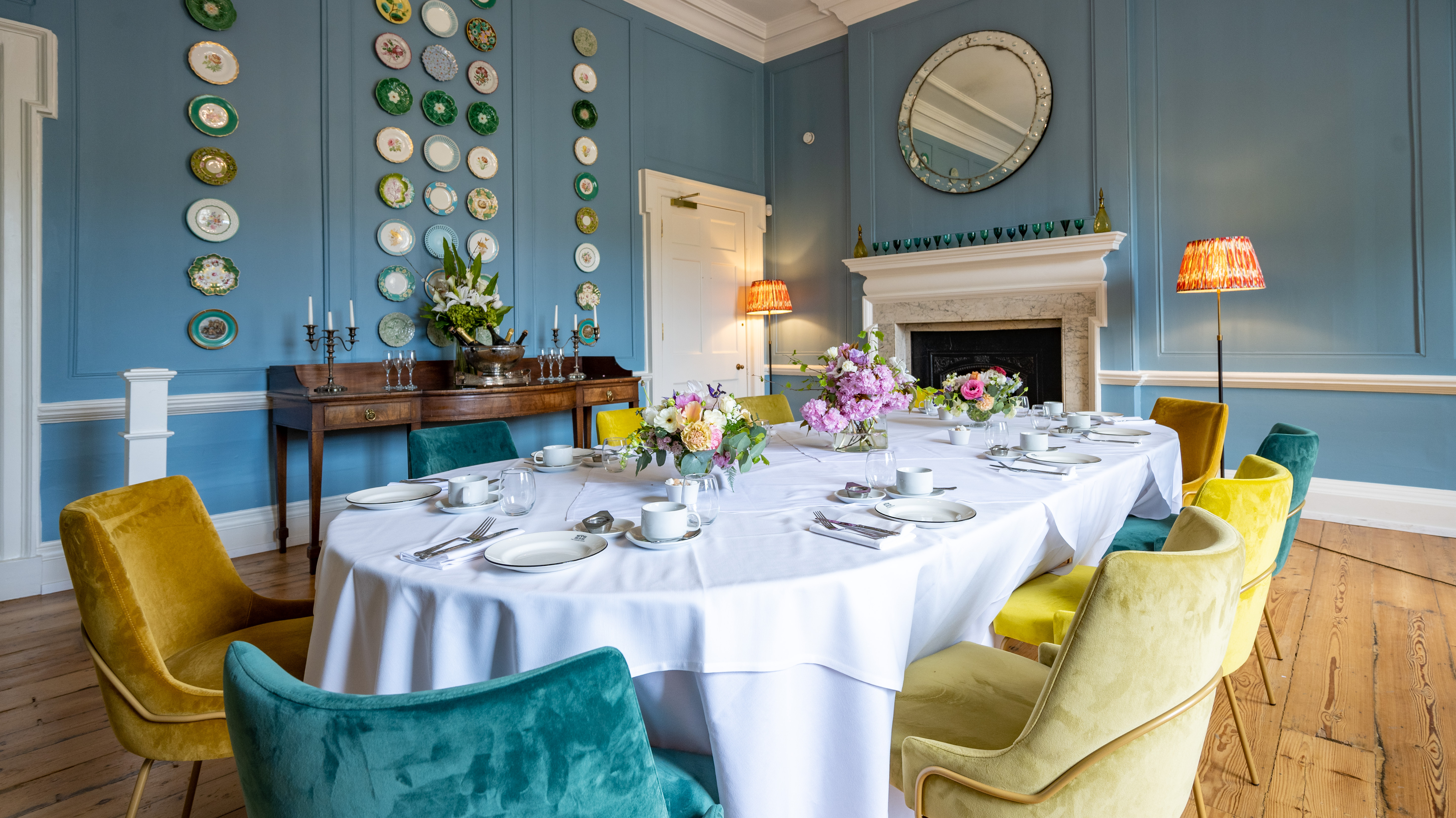
THE HOBART ROOM
Named after the Hobart family who owned the House in the early 17th century and who built Blickling Hall in the north of the county, The Hobart Room is an attractive function room located just off the Grand Hall. Perfectly-proportioned for more intimate celebrations, its wonderful architecture includes a feature fireplace, period panelling and huge sash windows overlooking the courtyard and fountain. The Hobart Room is ideal for private dining and business meetings.
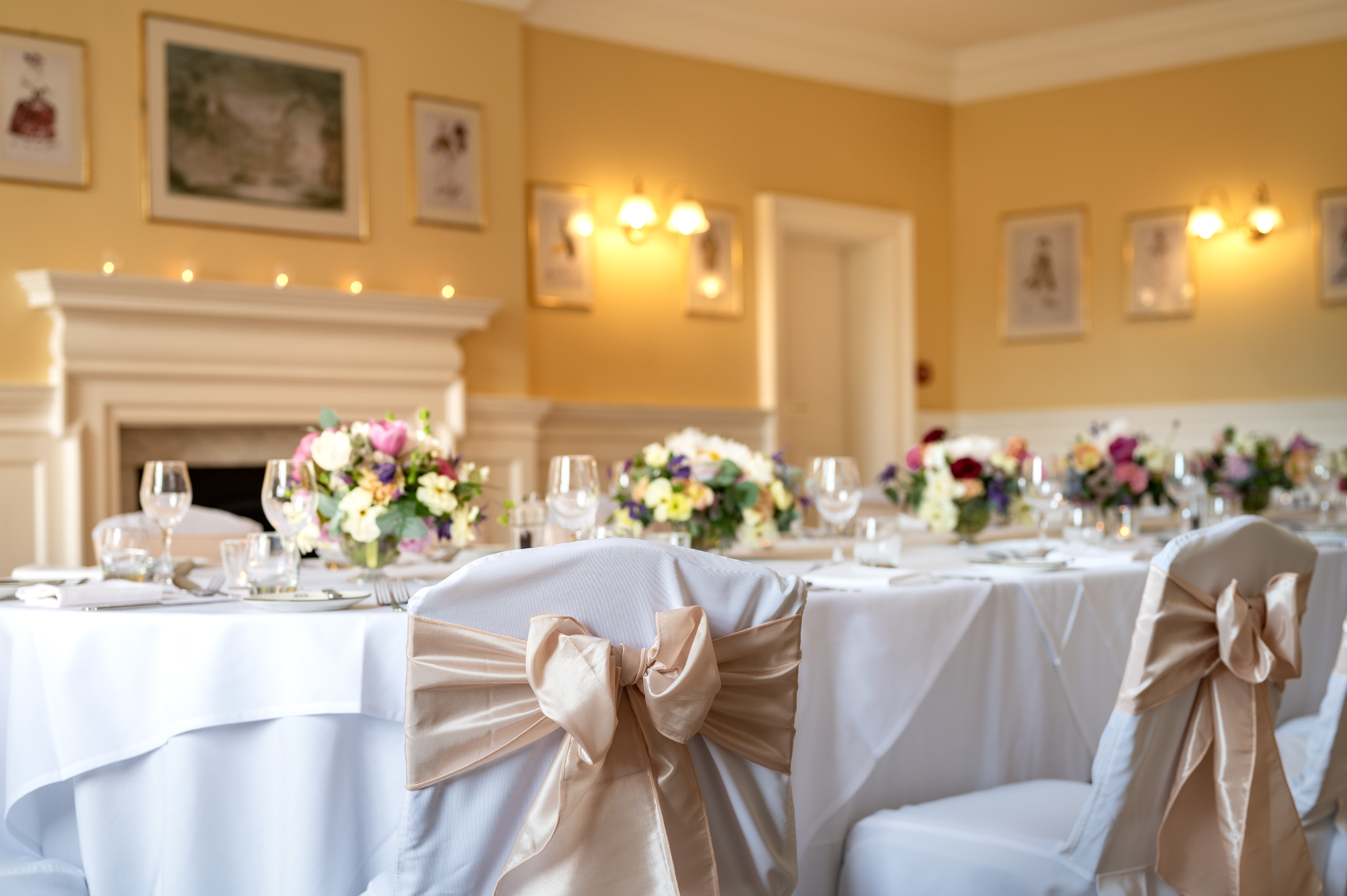
THE PIERCE, SEXTON AND KENT ROOMS
Located on the first floor, the Pierce, Sexton and Kent Suites are a collection of rooms which offer stunning views over the main courtyard and sweeping driveway.
They offer great flexibility for both corporate and social functions
and benefit from their situation in one of the most peaceful parts of
the House. Disabled access to these rooms is available via a lift from
the ground floor.
THE ASSEMBLY HOUSE TRUST
The Assembly House Trust is a registered charity, which continues to support and develop creative arts in the local community.
The Trust owns The Assembly House. Its commercial functions are operated by The House (Norwich) Ltd through its directors, Iain Wilson, Stacia Briggs and Stacey Preston. The Trust is a registered charity which has as one of its principal objects developing the creative arts and supporting the local community.
The Trust’s role is to preserve, renovate and keep in good order The Assembly House in Norwich and provide and promote the use of the building for the benefit of the public, particularly those living in Norfolk and Suffolk. Find out more here.
Get In Touch
The Assembly House
For all general enquiries including wedding, private dining, corporate or questions about the House please use the form below and our team will aim to get back to you within 48 hours.